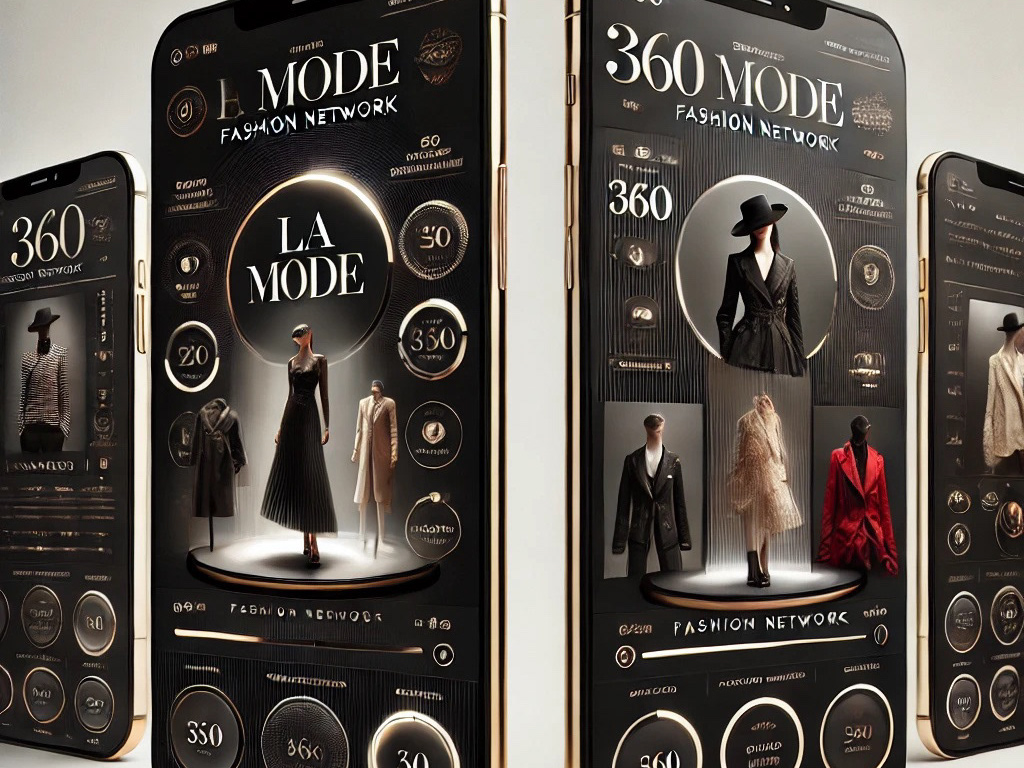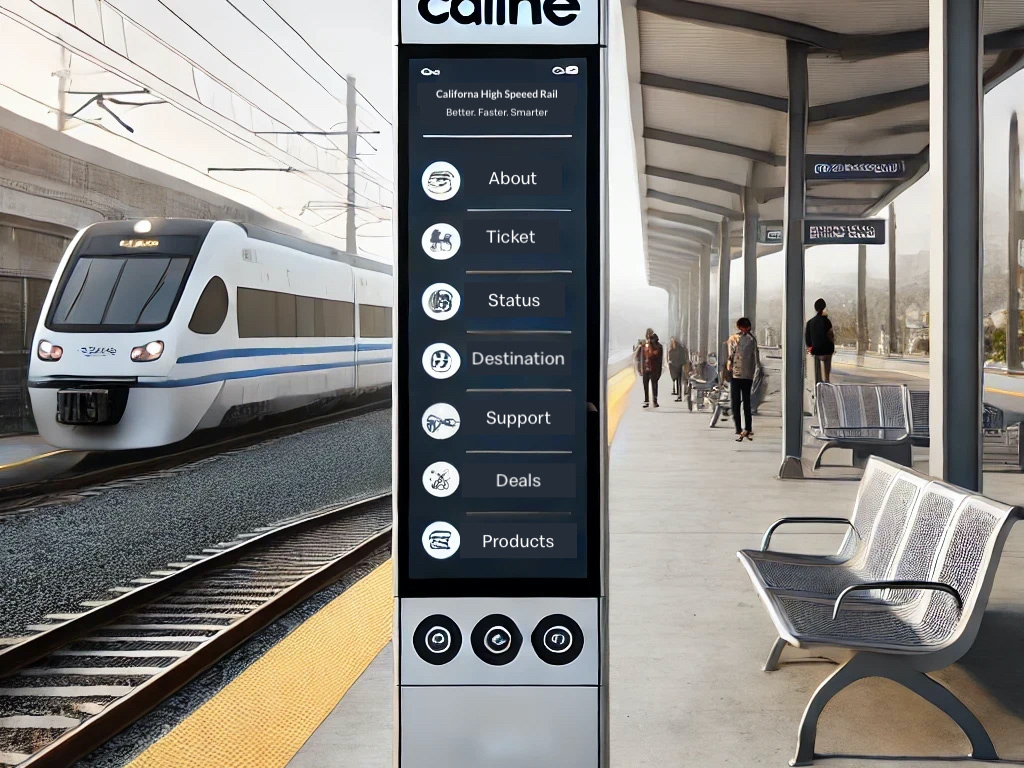The following Architectural Experiential Design projects explore abstract architectural concepts, emphasizing the non-visual aspects of space and their influence on human experience. These designs incorporate intricate circulation patterns, master planning, and spatial storytelling to create unique and immersive environments.
Project 1: Academic Block - Urban Landscape
Project Scope
This project proposed a new academic block for the National College of Arts (NCA), incorporating a student center, an interior and filmmaking department, lecture theaters, studios, and computer labs. The goal was to design a functional yet aesthetically compelling space that seamlessly integrated into the existing urban fabric.
Design Concept & Approach
• Contextual Integration: The site, a rectangular plot enclosed on three sides, required a design harmonizing with the surrounding structures.
• Minimalist Abstraction: Inspired by pure abstraction and universality, the design embraced a reduction to essential forms and colors, simplifying compositions into vertical and horizontal alignments.
• Spatial Opposition: The interplay of opposing design elements created a dynamic yet balanced architectural experience, reinforcing clarity and modernity in form.
Architectural Design
The site was rectangular, with three sides surrounded by structures; therefore, the design needed integration with the urban fabric. I advocated pure abstraction and universality by reducing the essentials of form and color. I simplified visual compositions to the vertical and horizontal directions by using opposition.
Project 2: Civic Center – Thar Desert
Project Scope
This project envisioned a Civic Center for the people of Thar, incorporating a Courthouse, City Council building, Assembly Hall, and an Exhibition Space. The design aimed to create a cultural and administrative hub, blending tradition with contemporary architectural principles.
Design Concept & Approach
• Vernacular Inspiration: Drawing from the mysticism and mythology of the desert, the design embraced local architectural traditions while modernizing them for contemporary functionality.
• Sustainable Adaptation: Rather than replicating traditional structures, the project extracted fundamental elements of vernacular architecture, reinterpreting them globally to drive regional redevelopment.
• Cultural Relevance: The center was designed to be deeply rooted in local identity, fostering a sense of community, resilience, and connection for the people of Thar.
Architectural Design
As mysticism and streams of mythology ride every tide of the desert, I adapted what was familiar to the desert people—vernacular architecture. However, I decided to extract its fundamental essence and think globally to formulate a significant regional redevelopment plan.
Key Learnings as a Creative
✅ Contextual Thinking: Every design—whether in architecture, UX, or strategy — should respect its environment and audience while introducing meaningful innovation. Understanding context is the foundation of impactful design.
✅ Experiential Storytelling: Design goes beyond aesthetics and function — it should evoke emotions, guide interactions, and create immersive experiences that leave a lasting impact on users.
✅ Balancing Structure & Flexibility: The best designs integrate structure with adaptability and existing mental models, allowing them to evolve while remaining grounded in core principles.
✅ Human-Centered Approach: Whether shaping physical spaces or digital experiences, design should always serve the people who engage with it, making their interactions seamless, intuitive, and meaningful.
These learnings shape my creative philosophy — seeing design as a tool not just for problem-solving but for storytelling, connection, and transformation.





